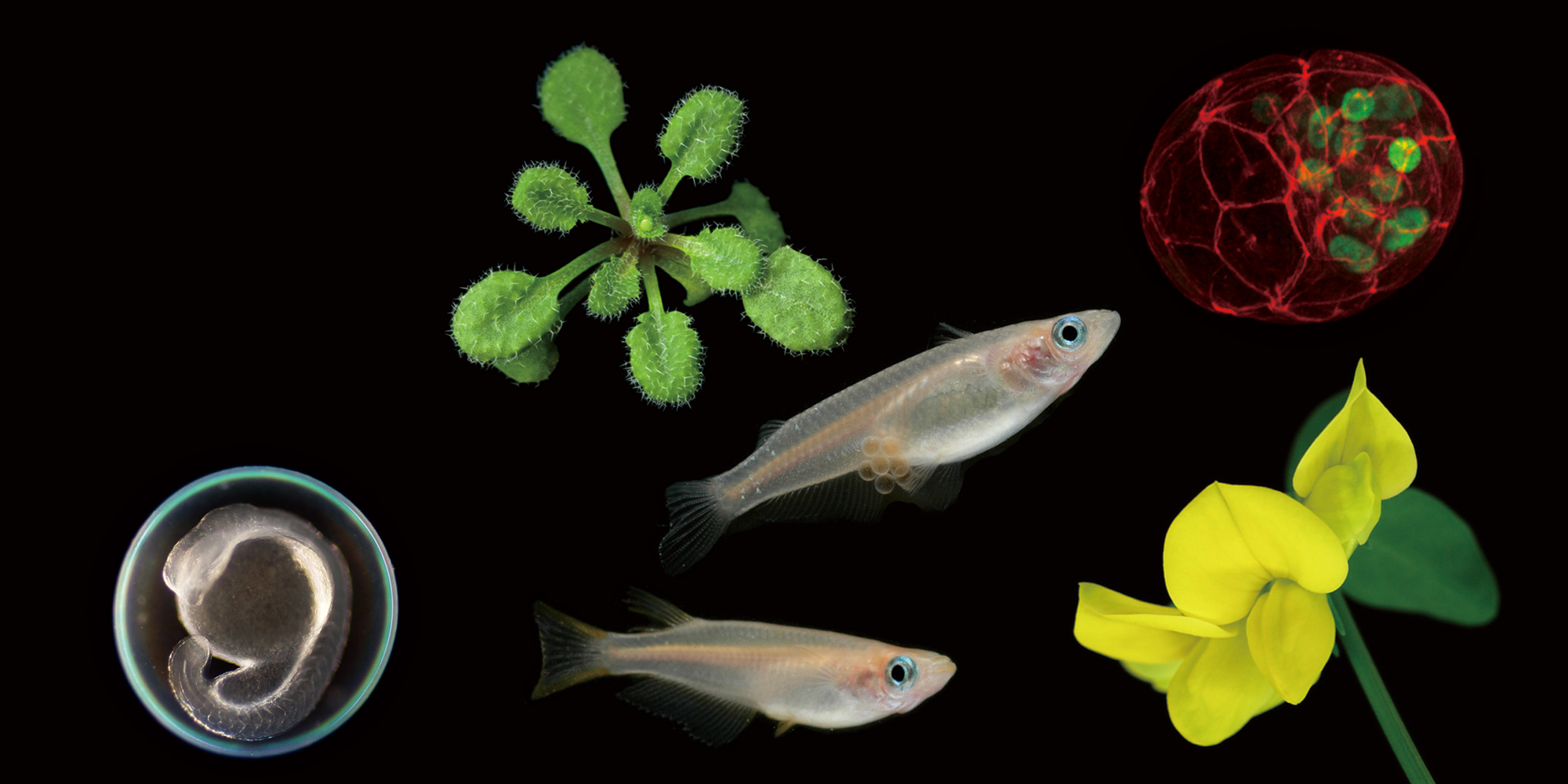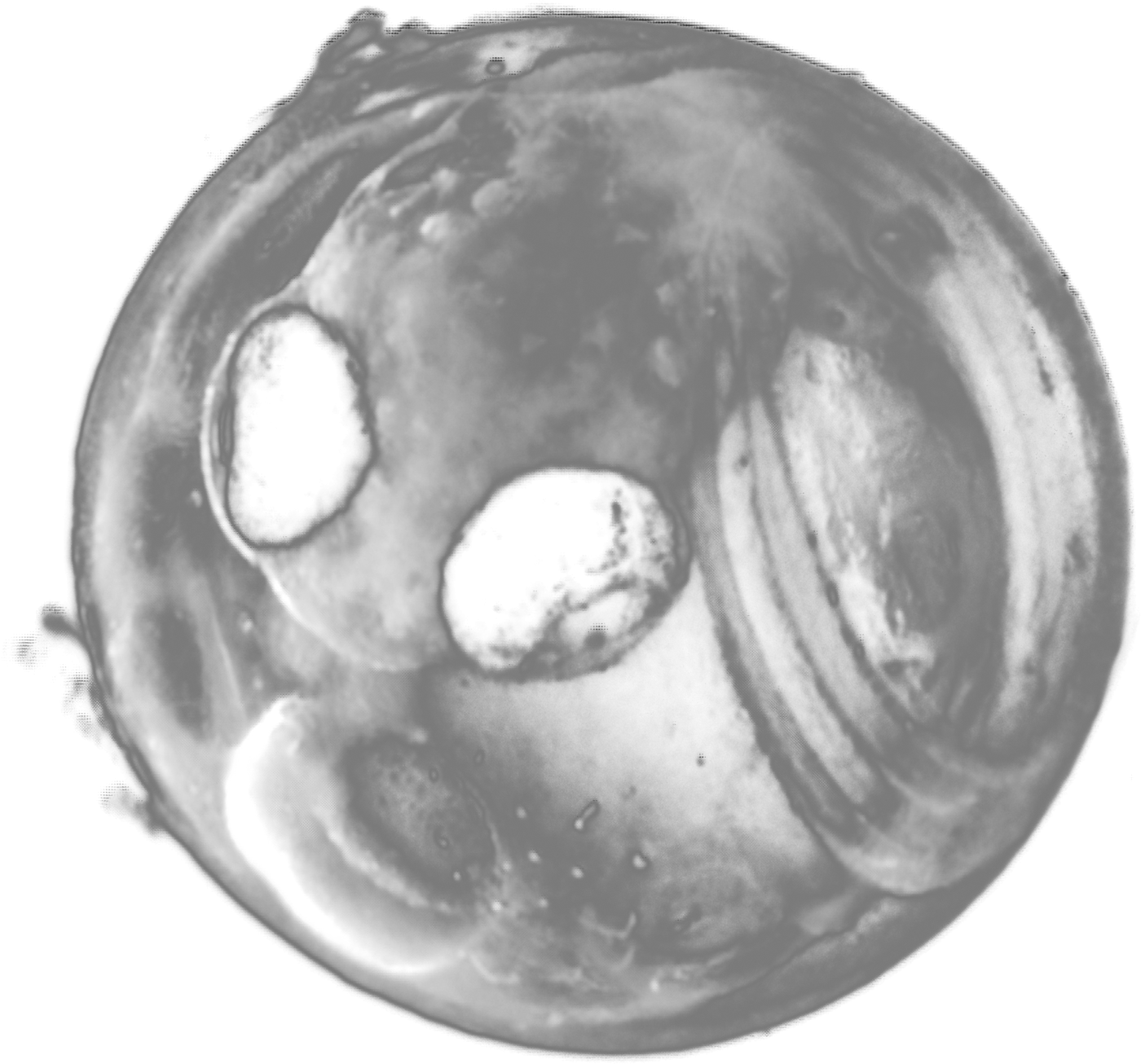2015.10.27
Artificial destruction of active DNA replication forks reveals a hidden DNA synthesis in human cells
Masato Kanemaki (National Institute of Genetics)
2015. 10. 27 (Tue) 16:00
Conf. Room, Myodaiji (111)
Tomomi Tsubouchi, Laboratory of Stem Cell Biology (7693)
To maintain integrity of the genome, cells have mechanisms to deal with problems occurring at the replication forks. Stalled forks at a roadblock (e.g. inter-strand crosslink) are usually maintained until opposing forks arrive from the other direction. However, a small portion of stalled forks might lose their integrity before being rescued by the opposing forks. Prokaryotes have a mechanism to reestablish replication forks after fork breakage through homologous recombination (HR). Although break-induced replication (BIR), an HR-dependent DNA replication induced by DNA double-strand break (DSB), is known in yeast, the replicative MCM2-7 helicase is inhibited to be loaded in S phase and thus the mechanism of BIR is unclear especially in mammalian cells. To study about the fate of broken forks, we established a human cell line in which all active forks can be artificially destroyed by degrading MCM2, a component of the MCM2-7 helicase. This cell line was generated by combining the CRISPR/CAS-based gene-editing and the auxin-inducible degron (AID) technology that we had developed (Nishimura et al. Nat Meth, 2009). Upon MCM2 degradation at forks, DSBs were generated followed by nuclear foci formation of RAD51, MCM8-9 and other DNA damage proteins. Furthermore, an MCM8-9 dependent DNA synthesis was observed after artificial fork destruction. I would like to discuss the nature of this non-canonical DNA synthesis. In this seminar, I would also like to present our recent progress of applying the AID technology to human cells.
References:
1. Nishimura et al. Mcm8 and Mcm9 Form a Complex that Functions in Homologous Recombination Repair Induced by DNA Interstrand Crosslinks. Molecular Cell, 47, 511-522, 2012
2. Nishimura et al. An auxin-based degron system for the rapid depletion of proteins in non-plant cells. Nature Methods, 6, 917-22, 2009







